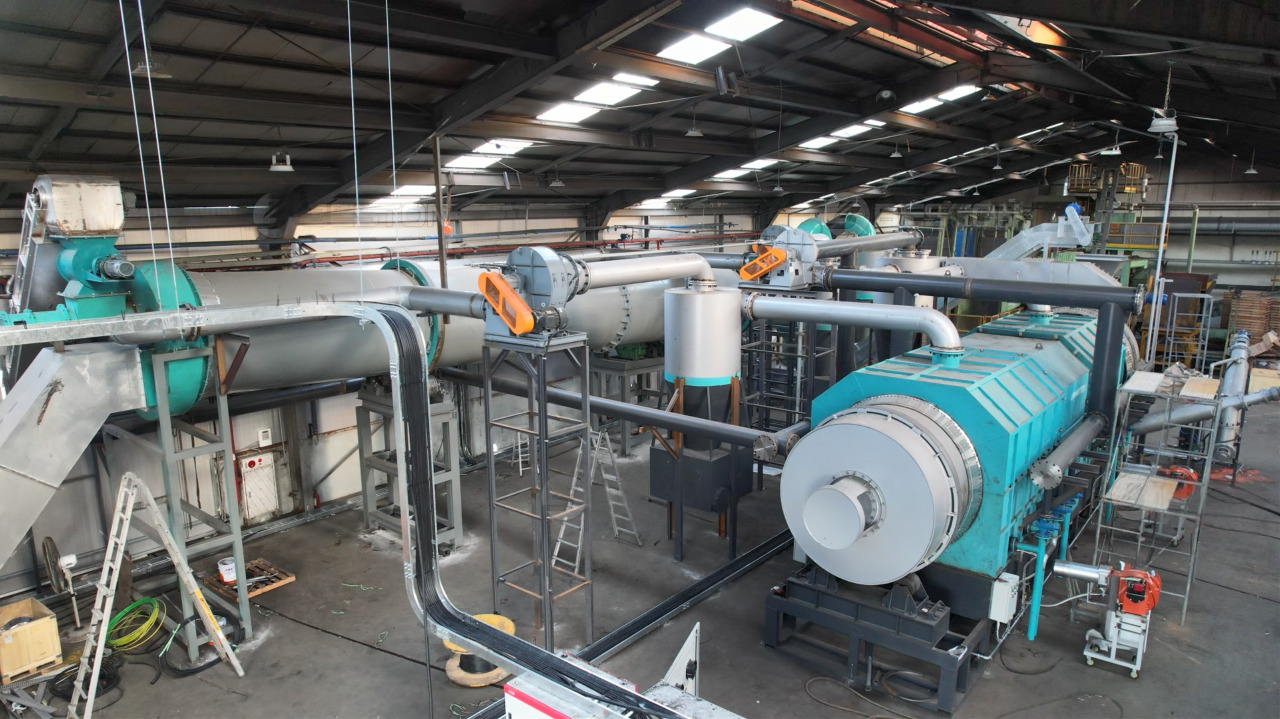Converting Plastic Waste into Fuel for a Sustainable World
Unlocking Sustainable Energy from Waste

The process of converting plastic into fuel involves a technology called pyrolysis, where plastic is heated in the absence of oxygen to break down into simpler molecules. The result is a mixture of gases, oils, and solids. These components can be further processed into usable fuels. The fuel produced can be broadly categorized into two types:
- Direct Fuel – Ready-to-use fuel in its raw form.
- Upgraded Fuel – Highly refined fuel that can be used for more sophisticated applications.
1. Direct Use of Plastic-Derived Fuel
The simplest form of plastic-to-fuel output is direct fuel. This is often referred to as pyrolysis oil, a crude form of fuel that can be used immediately or with minimal processing. Let's explore how this direct fuel can be used:
a. Industrial Energy Production
The raw pyrolysis oil can be used directly as a fuel source in industries where high energy consumption is required. This includes manufacturing plants, cement factories, and power generation facilities. In these settings, the crude oil derived from plastic waste can replace traditional fossil fuels, such as coal or diesel, to power machinery and boilers.
b. Diesel and Petrol Substitute
With proper refinement, the crude oil can be further processed and converted into usable diesel or petrol. These fuels can be used in vehicles, machinery, and other transportation forms, providing a direct and sustainable alternative to traditional fuels.
2. Upgraded Fuel: Refining for High-Quality Applications
While direct fuel serves immediate needs, there’s a growing demand for high-quality, refined fuel. Here’s how plastic-derived fuel is processed for more specialized uses.
a. High-Quality Diesel and Jet Fuel
Through advanced refining processes, plastic-derived pyrolysis oil can be upgraded to high-quality diesel or even jet fuel. This process typically involves removing impurities and enhancing the chemical composition to meet stringent industry standards. The resulting fuel can be used in commercial transportation, such as airplanes, trucks, and other heavy-duty vehicles.
b. Biofuel Blends
Another promising application of upgraded plastic-derived fuel is its use as a biofuel blend. The oil can be mixed with traditional biofuels like ethanol to create an environmentally friendly blend. This helps reduce greenhouse gas emissions and contributes to cleaner, more sustainable energy solutions.
c. Specialized Industrial Fuels
Some high-end applications, like in chemical refineries or certain manufacturing industries, require very specific fuel compositions. Through the precision of fuel upgrading, plastic-derived oil can be tailored to meet these needs. This offers businesses a way to use waste plastic while also ensuring they have the fuel necessary for their operations.
The Role of Plastic into Fuel Machines in This Process
The transformation from waste plastic to usable fuel wouldn't be possible without the plastic into fuel machine. These machines are designed to facilitate the pyrolysis process and produce the fuel in a controlled and efficient manner. Here’s how these machines are involved:
- Pyrolysis Reactors: At the core of every plastic into fuel machine is a pyrolysis reactor, which ensures that plastic is broken down at the right temperature and in the absence of oxygen. This is where the fuel begins its transformation.
- Oil Distillation Units: After pyrolysis, the fuel is still in its crude form. Many machines come equipped with distillation units that refine the fuel, separating various components and improving its quality for different uses, from industrial to transportation.
- Continuous Processing: Advanced plastic into fuel machines feature continuous processing capabilities, meaning they can convert plastic waste into fuel continuously, which is ideal for larger-scale operations. The efficiency and capacity of these machines ensure that fuel can be produced at scale, contributing to sustainable energy solutions.
The Future of Plastic-to-Fuel Technology
The future of plastic-to-fuel technology is promising. As the world faces the dual challenge of dealing with plastic pollution and transitioning to cleaner energy sources, the ability to convert waste plastic into usable fuel becomes a critical solution. By enhancing the efficiency of plastic-to-fuel machines, and by investing in better fuel refining methods, this technology could become a mainstream option for industries looking to adopt sustainable practices.
With rising demand for cleaner fuels and a growing need to recycle plastic waste, the plastic-to-fuel machine could be the key to transforming waste into wealth. Not only will it reduce pollution, but it will also provide a valuable source of energy for future generations.
Conclusion
Plastic-to-fuel technology offers an innovative solution to two of the most pressing challenges of our time: plastic waste and energy demand. From direct fuel applications like industrial energy production to refined, high-quality fuels for transportation and specialized industries, the possibilities are vast. The plastic into fuel machine is at the heart of this transformation, enabling us to turn waste into valuable resources. By refining these technologies and scaling up operations, we can create a more sustainable and cleaner world for the future.



